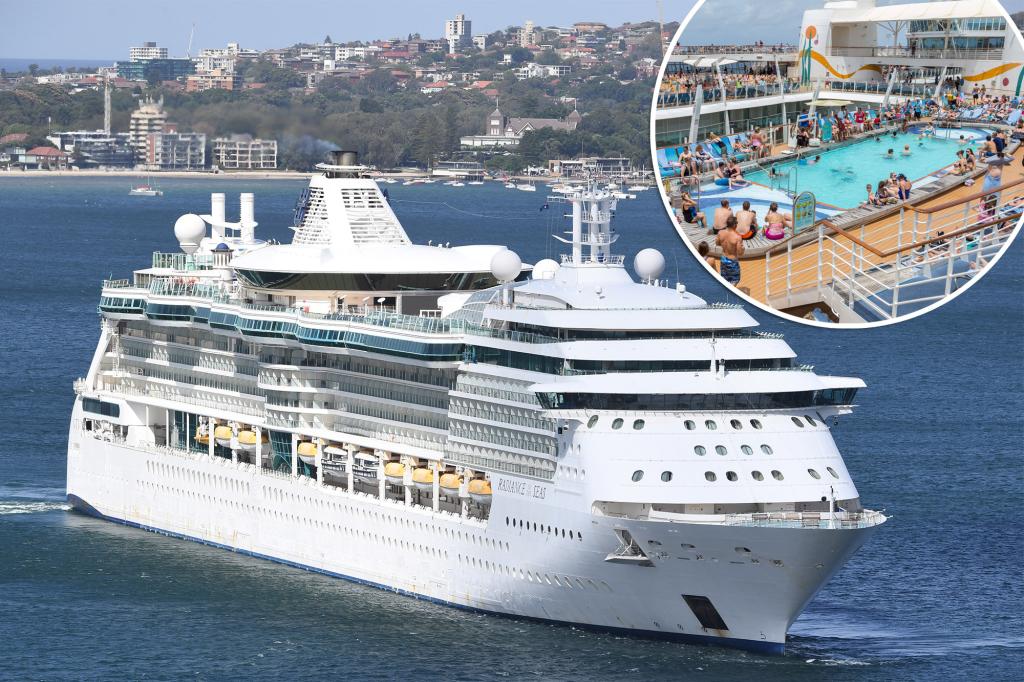Nastiest cruise ships of 2024 revealed: CDC
Cruise Ship Sanitation Scores Raise Concerns

Cruise ships are popular vacation choices for many travelers. However, recent inspections by the Centers for Disease Control and Prevention (CDC) have raised serious concerns about the sanitation practices on board. With health and well-being at the forefront of many customers’ minds, the cruise industry faces scrutiny. The CDC’s Vessel Sanitation Program evaluates cruise ships through random surprise inspections. A score of 85 or below is considered a failure. This article explores the findings of the CDC’s inspections, the implications for cruise lines, and the health risks associated with poor sanitation.
CDC Inspections: A Closer Look
The CDC conducts inspections of cruise ships to ensure they meet health and safety standards. These inspections are unannounced and focus on various areas, including pools, activity centers, food storage, and cooking equipment. The ships are scored on a scale from zero to 100. A score of 85 or lower indicates significant issues that could jeopardize passenger health.
In 2024, the CDC reported 151 inspections, including follow-up inspections on 23 ships. The average score across all inspected vessels was approximately 95.9. Notably, 27 ships achieved a perfect score of 100. However, nine ships fell below the 90 mark, raising alarms about their sanitation practices. Among these were well-known cruise lines such as Carnival and Royal Caribbean, with ships like the Carnival Elation and Adventure of the Seas both scoring 89.
The inspections are crucial for maintaining public health, especially given the highly contagious nature of illnesses like norovirus. In 2024, the CDC documented 13 outbreaks on cruise ships, with norovirus being the most prevalent. This virus is notorious for causing foodborne illnesses, leading to symptoms such as vomiting, diarrhea, and stomach cramps. The CDC’s rigorous inspection process aims to mitigate these risks and ensure a safe environment for passengers.
Implications for Cruise Lines and Passengers
The implications of these inspection scores extend beyond mere numbers. For cruise lines, low scores can lead to reputational damage and decreased customer trust. Passengers prioritize their health and safety, and a ship with a poor sanitation record may deter potential travelers. Cruise lines must address any identified issues promptly to maintain their standing in a competitive market.
For instance, the Hapag-Lloyd Cruises spokesperson commented on the Hanseatic Inspiration’s initial score of 62, describing it as a “very unfortunate incident.” The company took immediate action to rectify the situation, resulting in a higher score during a follow-up inspection. This proactive approach is essential for cruise lines to reassure customers about their commitment to hygiene and safety.
Moreover, passengers should remain vigilant about the sanitation practices of the cruise lines they choose. Understanding inspection scores can empower travelers to make informed decisions. While the majority of ships scored well, the presence of several low-scoring vessels highlights the need for ongoing scrutiny. Passengers should consider these factors when planning their vacations, as health and safety should always come first.
